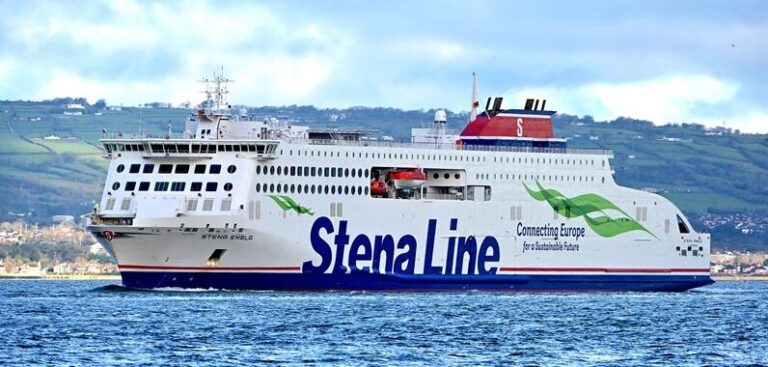In 2020, ferry company Stena Line said that it was continuing to reduce its total CO2 emissions and was 10 years ahead of the IMO international shipping emission reduction targets. Nevertheless, the Swedish shipping company says it is now accelerating the transition to fossil-free shipping and has presented its plan to reduce total CO2 emissions by as much as 30% by 2030.
“We are working hard to reduce our fuel consumption and emissions, while at the same time exploring tomorrow’s fuels and technologies. The main driver behind the reduction of emissions in 2020 was that we introduced three new – and up to 30% more energy-efficient – vessels on the Irish Sea. We have also introduced renewable shore electricity during port calls in Kiel, and five more ships in the fleet have been equipped with the AI assistant Stena Fuel Pilot to support our captains in operating the vessels in the most energy-efficient way,” explained Erik Lewenhaupt, group head of sustainability at Stena Line.
“Our ambition is to lead the development toward fossil-free shipping and sustainable transportation by sea. This means that we need to break our dependence on fossil fuels and start reducing our total emissions, and not only become more efficient per sailing and transported unit. Therefore, Stena Line has now chosen to set the ambitious target to reduce our total carbon dioxide emissions by 30% by 2030, because in the end they need be zero,” added Stena Line’s CEO, Niclas Mårtensson.
Stena Line says it has identified several ways to reduce carbon dioxide emissions by 30% by 2030 and achieve the ambitious target of becoming completely fossil-free by 2050.
Key among these is increasing the electrification of its fleet. Since 2018 the Stena Jutlandica battery hybrid has operated on the route between Gothenburg and Fredrikshamn; by 2030, the company’s fossil-free ferry Stena Elektra will traverse the entire route on battery power only, a distance of 50 nautical miles.
Electrification of Stena’s port and terminals also continued during 2020 and today Stena Line uses 99.8% renewable electricity. At 25% of Stena Line’s terminals, the ships connect to green electricity during port calls, which in 2020 reduced the company’s carbon dioxide emissions by more than 13,000 tons, equal to the annual emissions from 7,200 passenger cars.
Stena Line is also investigating several alternative fuels such as hydrogen and fuel cells. In 2021, a test is planned with methanol recovered from residual steel production gases.



